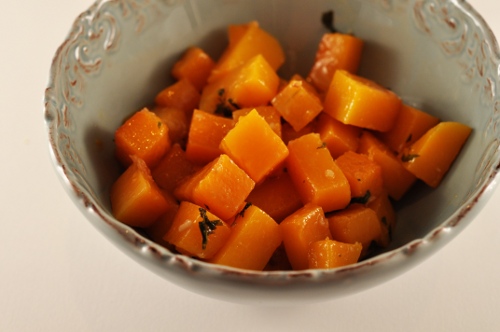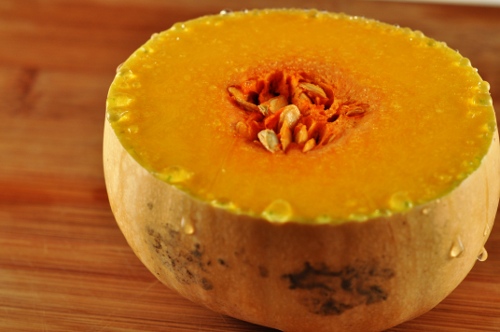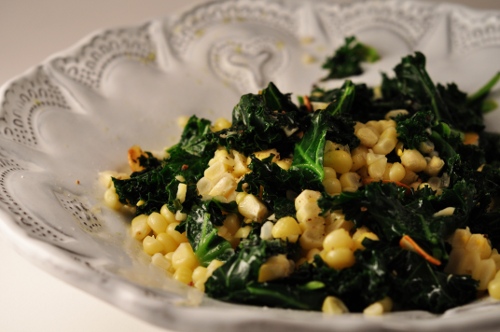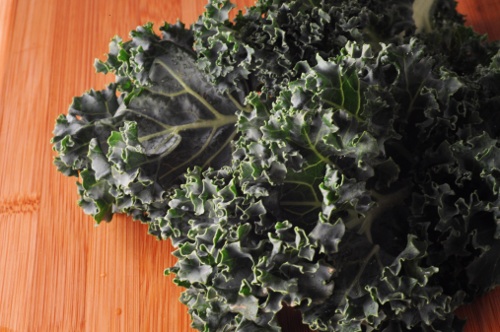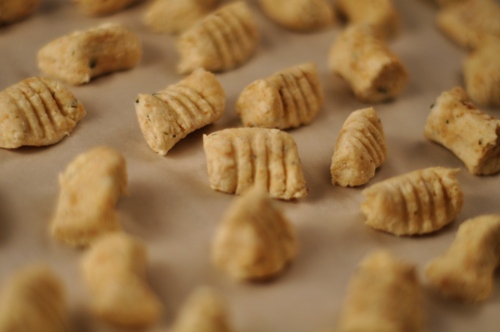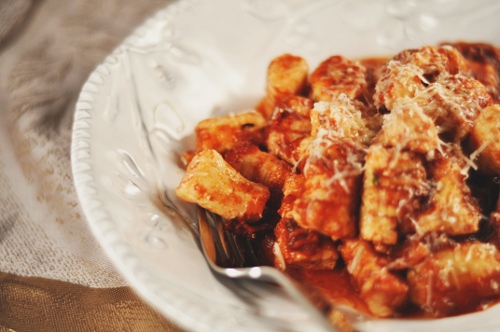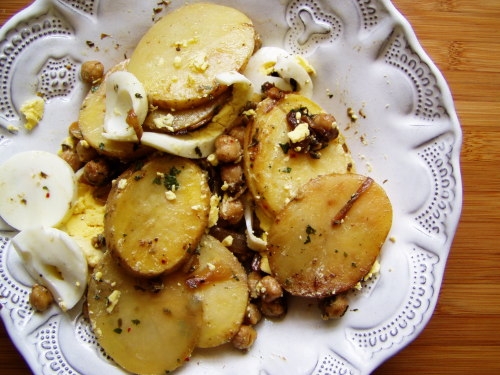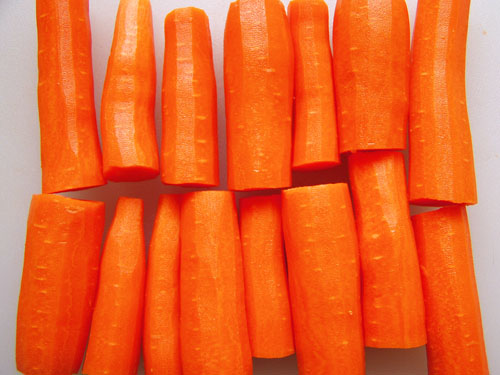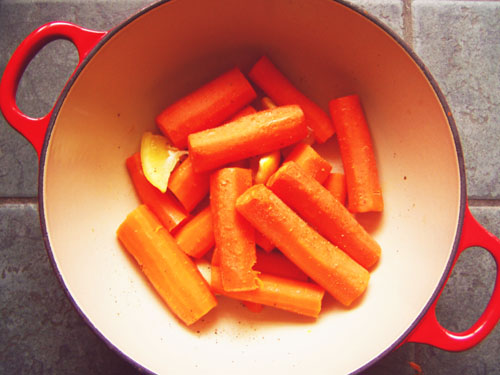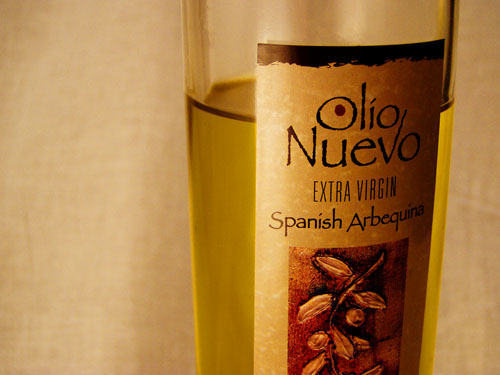Wed 24 Mar 2010
Endive Salad with Meyer Lemon Cream
Posted by Bria under Sauces, Side Dishes, Uncategorized, Vegetables
[648] Comments
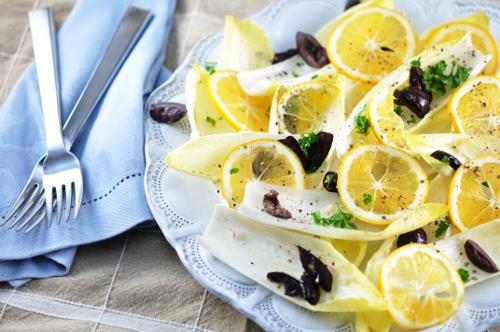
Suzanne Goin made me eat salad dressing straight out of the bowl, with a spoon. Sort of.
As I have mentioned before, I’m sitting on a handsome crop of Meyer lemons these days and continue to look for interesting ways to use them. I eagerly turned to Goin’s beautiful cookbook, Sunday Suppers at Lucques, for inspiration. The salad that follows caught my eye immediately. Beautiful and seasonal, it earned extra points with me for using up two lemons at a time. I didn’t expect to fall so madly in love with the Meyer lemon cream that dresses the Belgian endive spears.
But how could I not? Like many of Goin’s recipes, it strikes a lovely balance between simple and innovative. It begins with a basic lemon vinaigrette, enhanced with the oniony, garlicky hum of a diced shallot, and then evolves into tangy, silken bliss with a few tablespoons of cream. In a pinch, I found it also works to substitute a mixture of 2 tablespoons sour cream and 2 tablespoons water for the cream if, like me, you usually try to keep heavy cream off your property lest you end up eating it for second breakfast.
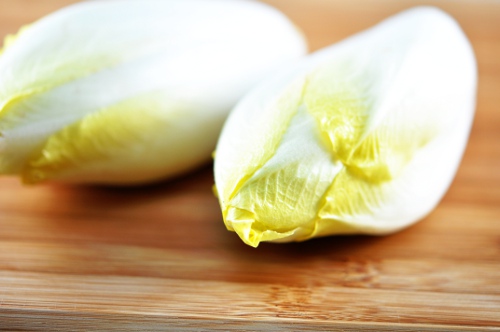
Though I don’t typically include restaurant reviews here in The Salty Spoon, I must mention that I recently enjoyed one of the Sunday Supper menus at Lucques and was blown away. If you find yourself hungry in LA on a Sunday evening, go. I was most impressed with the entire operation - lovely ambiance, attentive staff, and exceptional food. I’m aching to go back again, both for the regular menu and for another Sunday Supper. There is something incredibly appealing to me about a set menu from a chef I admire. It’s much more intimate than a full menu, a closer conversation between you and the chef where you listen for insights about the chef’s likes and dislikes with respect to the available ingredients. Goin is steadfastly committed to using seasonal offerings in the best way, and her Sunday menus showcase that approach with aplomb.
But if it is Tuesday and you are hungry for something elegant, you can join me in turning to this beautiful cookbook and finding something marvelous to do with a lemon or two. I’ve made a few adjustments. The original recipe calls for fava beans, which I have been sadly unable to find over the past few weeks. I have reduced the yield of the salad from four servings to two, but the proportions for the dressing are intact. Here’s why: in order to reach the proper consistency with your vinaigrette, it helps to really give it a hearty run with the whisk. It’s a bit difficult to get the everything moving in the bowl the way you want with a half-quantity of lemon juice and olive oil. However, you will have no trouble coming up with alternative uses for the leftover dressing. It’s stupendous on fish, pasta, etc., if you have the discipline to put it away in the refrigerator. If you are like me and find yourself gulping it down with a spoon instead of doing the dishes, well, I won’t tell.
(Keep reading Endive Salad with Meyer Lemon Cream…)
